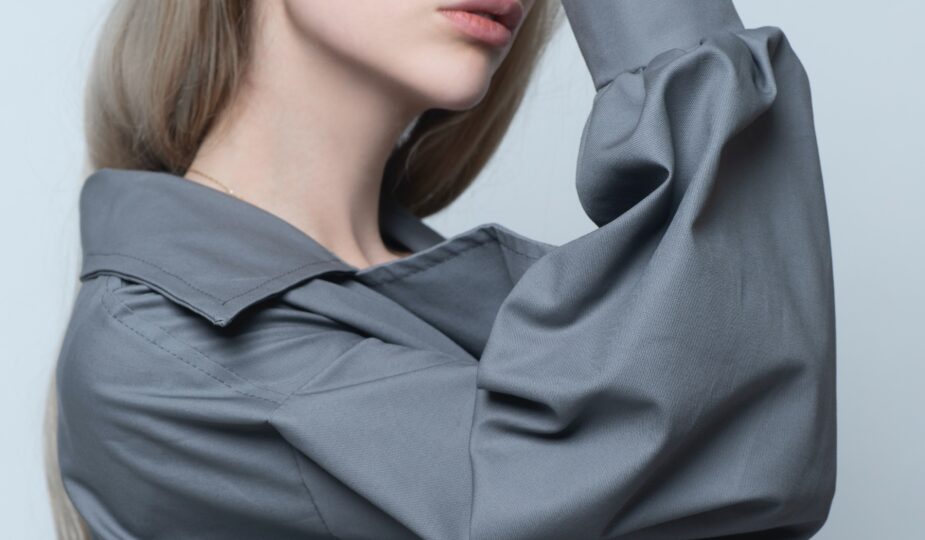
 It would be odd if fashion and art, two ineffably beautiful items, existed separately. Not only are museums and reproductions of these works more common, but you can also see them on catwalks.
It would be odd if fashion and art, two ineffably beautiful items, existed separately. Not only are museums and reproductions of these works more common, but you can also see them on catwalks.
Every person with even a small artistic taste will have experienced this strange feeling: you’ll want to take home at least one picture from the Louvre, D’Orsay, Prado, Hermitage or Metropolitan Museum. Museums often speculate about the high feelings of art enthusiasts, releasing scarves and bags with prints by Renoir and Monet for purchase. But true connoisseurs have a negative response to such experiments. Imagine what Klimt’s reaction would be if his “Kiss”, a design from his famous painting, was printed on a Chinese synthetic scarf that cost only 2 euros.
When professional designers interpret the art in a fashionable way, the paintings, sculptures, and architectural masterpieces become powerful inspirations for extraordinary collections, where the originals take on a whole new life. What a cycle!
Fine art has an endless supply of plots and ornaments, colors , textures, and color combinations . It’s not enough to just copy the print on the dress you like. You need to feel and understand the mood and message of the artist. This is not possible for all designers, but the truly talented pieces gain fame and are etched into the history of fashion as well as art.
These creative experiments are not for the faint-hearted. Only those with a lot of confidence and a strong will to succeed can do them. Experiments can be an excellent way for the latter to gain fame and earn a name.
The sisters Kate and Laura, who founded the Rodarte brand, are a great example in this regard. In 2011, they designed a collection which looked like the post-impressionist genius Vincent Van Gogh was himself sewing dresses. In an unconventional way, they used violet, blue, orange and yellow colors scattered on a chiffon that was ideally light, flowing and textured.
Two dresses were chosen as the signature pieces for the collection. They have “Sunflowers”, “Starry Night”, and other images that look like they are from the 1950’s (so no one could question the source of inspiration). Van Gogh’s “exhibition”, which was on display at the New York Fashion Week, was so impressive that even non-fashion magazines wrote about it. Today people still refer to them as textbook examples of how fashion and art are interwoven.
Rodarte is not the first company to have been inspired by Van Gogh’s paintings. In 1988, Yves Saint Laurent designed two couture jackets with “Irises” on them and “Sunflowers”, adding a slight brightness and contrast to the garments as required by the time and runway.
YSL’s main contribution to the union of fashion and art was not made until 1965, the fourth year in which the fashion house existed. This is when the entire collection of dresses based upon the abstract paintings of Piet Mondrian were created. Dresses that look like they were fashioned from the works of an artist, with straight lines, asymmetrical prints and a palette limited to only five colours. The collection was both organic and self-sufficient.
 A chic white dress from Dior, with “The Great Wave Off Kanagawa”, was another great example of art being present in couture collections. John Galliano’s extraordinary talent brought to life the most famous engraving by the Japanese artist Katsushika, created under the Tokugawa dynasty.
A chic white dress from Dior, with “The Great Wave Off Kanagawa”, was another great example of art being present in couture collections. John Galliano’s extraordinary talent brought to life the most famous engraving by the Japanese artist Katsushika, created under the Tokugawa dynasty.
Designers who are inspired by the works of artists, but also their personal lives and the stages in their creative process can achieve a very special outcome. L’Wren Scott was able to create an incredible collection by paying attention to every detail and taking a keen interest to Gustav Klimt’s personality. The collection not only resembled his paintings but also captured the dramatic mood of Klimt’s love story. The tweed, brocade and jacquard dresses were decorated with Byzantine and Egyptian ornaments and resembled Klimt’s best paintings from his “golden” era.
L’Wren Scott’s greatest achievement was to bring together in one collection the two worlds that Klimt loved and lived: Adele Bloch Bauer’s strict aristocratic elegance and Emilie Fleege’s bohemian ease. The dresses would have been perfect for the author’s lover and muse.
Modern Trends encourage more and more designers, to find inspiration in the work of classical and contemporary artist. The interaction between art and fashion is now at a new level of quality, capturing imaginations and attracting sophisticated audiences. Dolce & Gabbana’s F/W 2013-14 collection is a perfect example.
The starting point for this project was not a painting, but an example of sacred architecture: the Cathedral of Monreale located in Palermo on Sicily with its old church utensils as well as the items of the interior design. The collection is stunning: the accuracy of the reproductions of twelve-century mosaics; the naturalness of shades and colors; the organic nature gold accessories inlaid with colored stones. These details allowed the designers to reproduce the amazing optical effect of golden glow that was characteristic of the original Byzantine Mosaics.
 The pace at which technology and ideas are developing makes it impossible to predict what the future will bring in terms of interpenetrations of art. But it’s going to be interesting, right? !
The pace at which technology and ideas are developing makes it impossible to predict what the future will bring in terms of interpenetrations of art. But it’s going to be interesting, right? !







